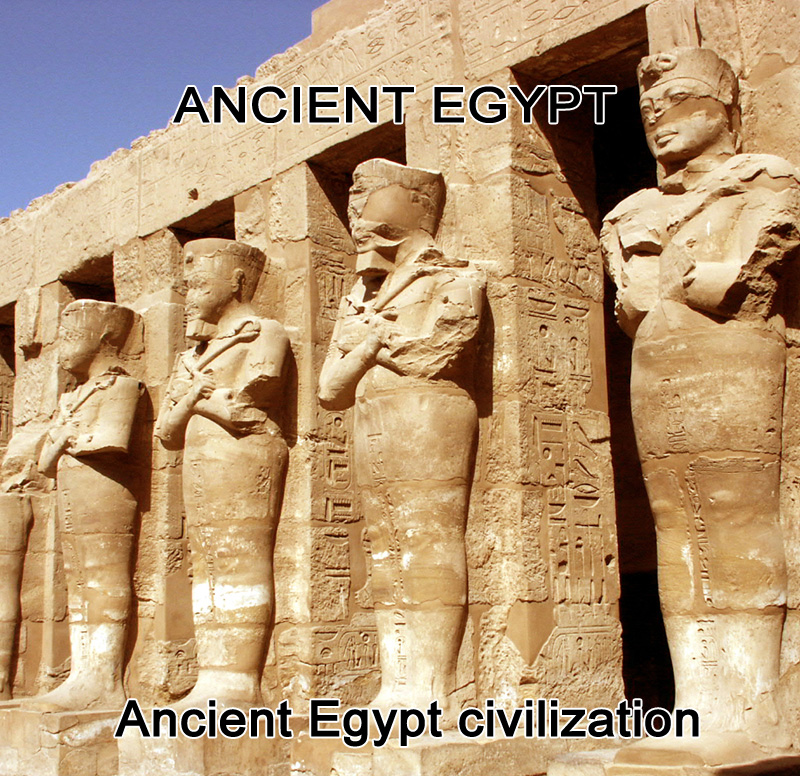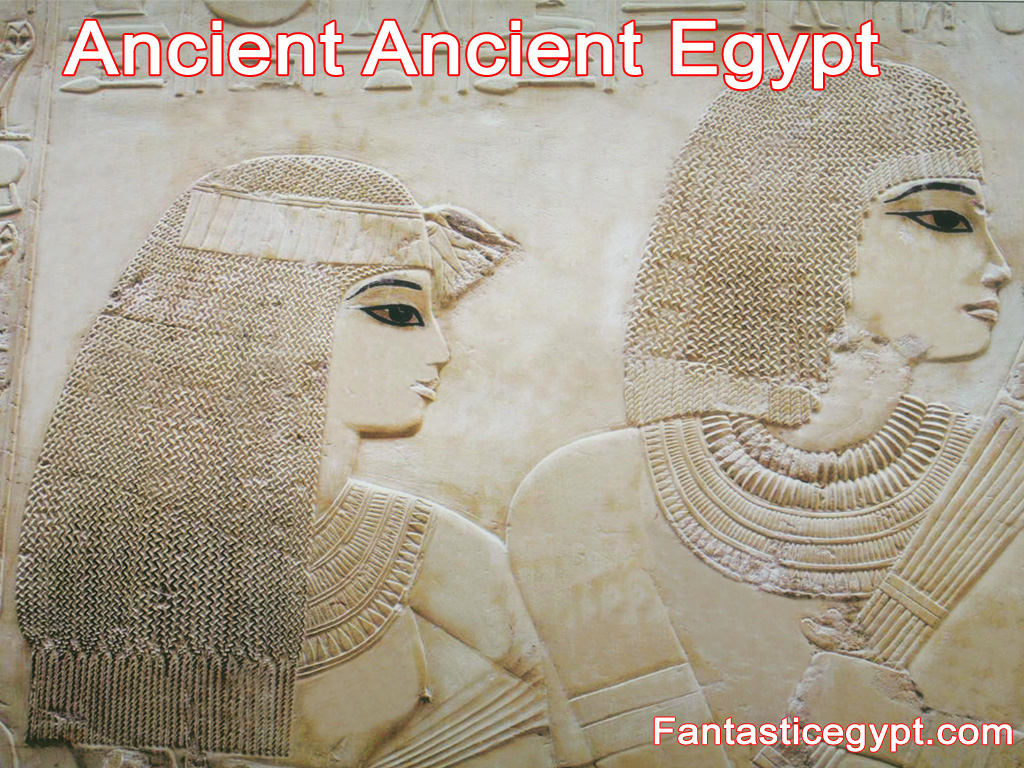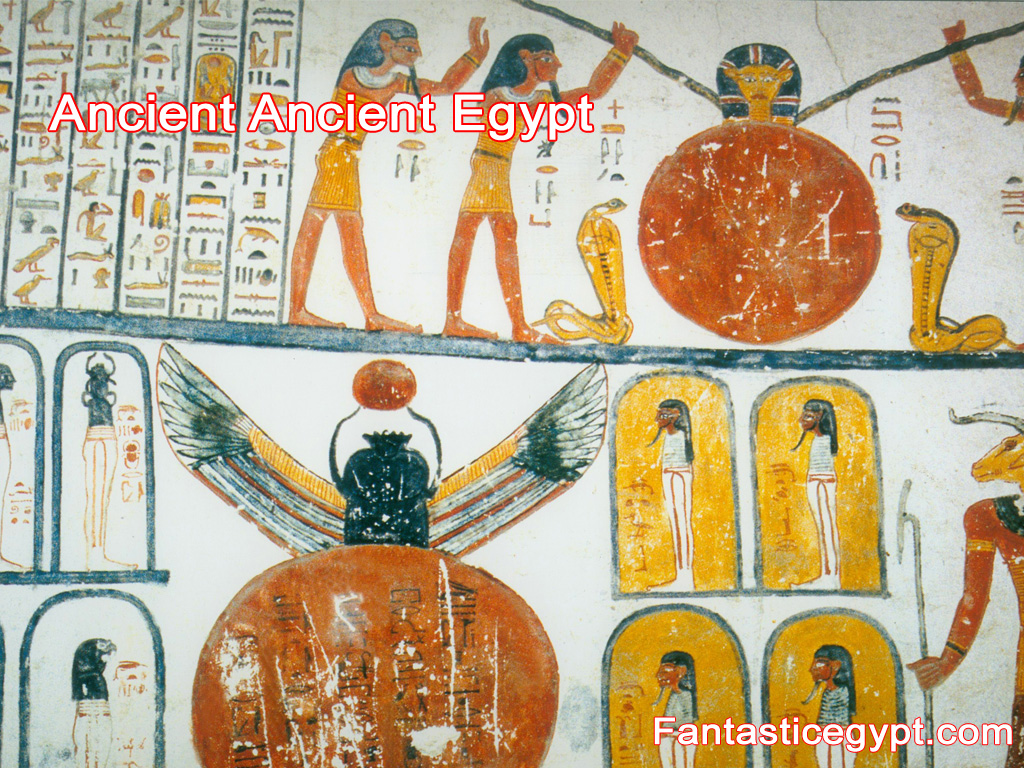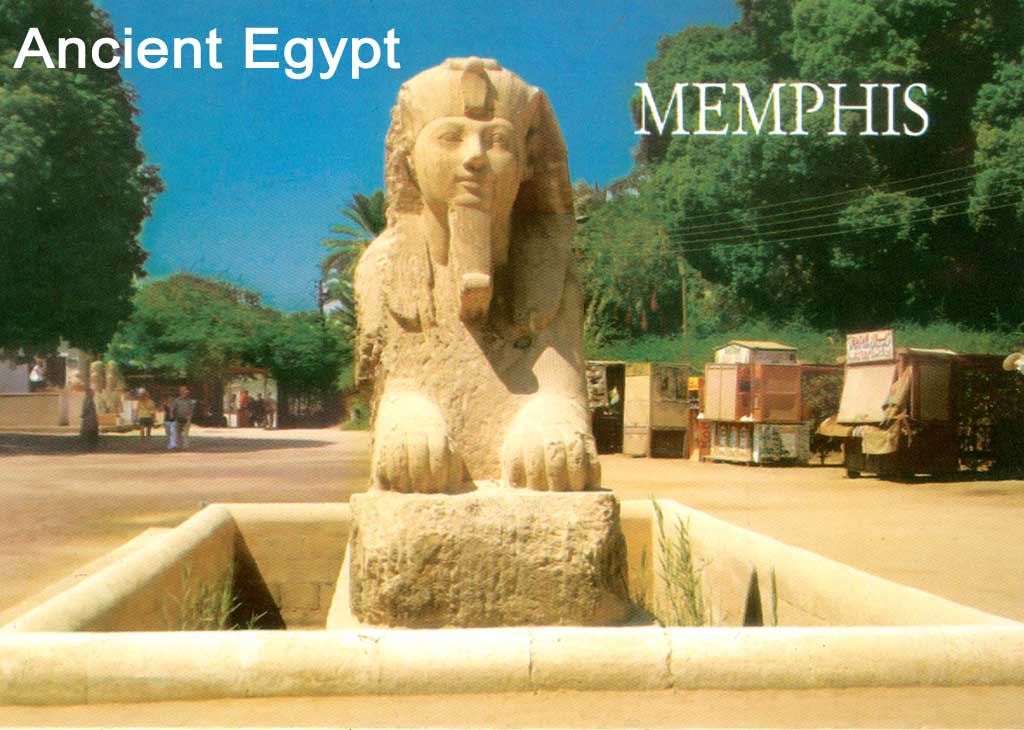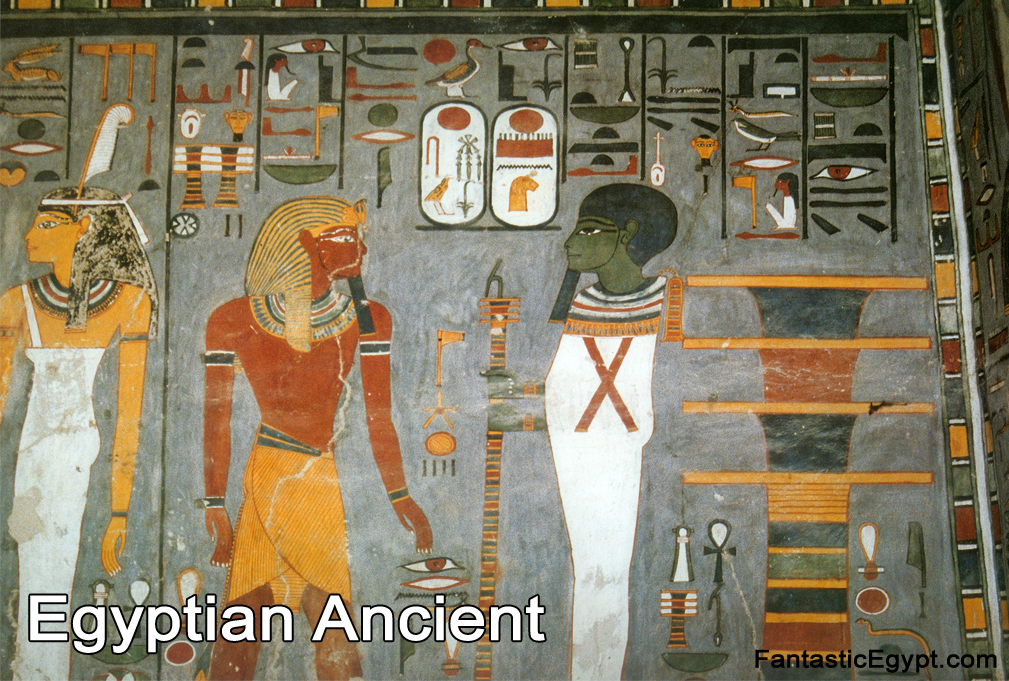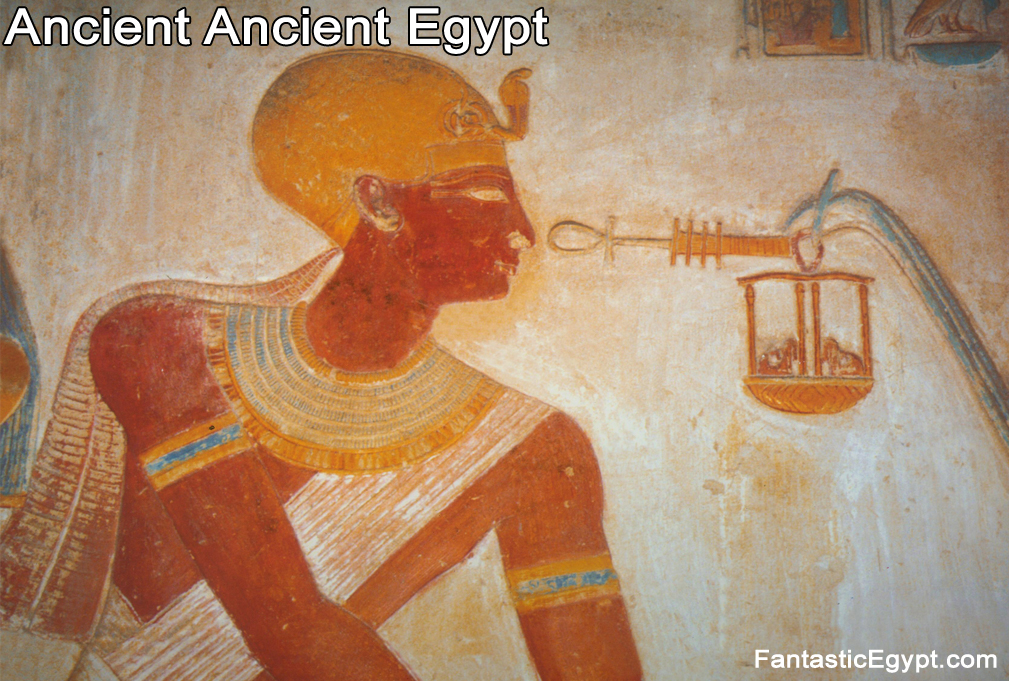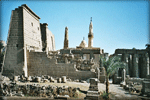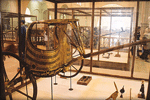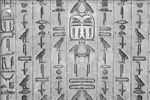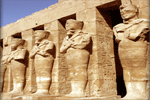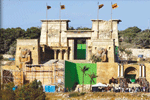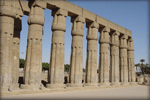Ancient Egypt Civilization: Language, Art, and Architecture
The Ancient Egypt civilization flourished for more than 3,000 years, leaving behind monuments, language, and art that continue to inspire the world. Rooted along the fertile Nile River, this society created innovations in writing, religion, and governance that shaped human history. From Egyptian Hieroglyphs to the magnificent pyramids, the legacy of Egyptian Civilization is timeless.
Ancient Egypt Ancient Egypt
Egyptian Ancient
Egyptian Civilization
Ancient Egyptian Civilisation
Architecture Ancient Egypt
Art of Egyptian Civilization
Early Egyptian art
Egyptian civilization pharaoh
Egyptian pharaohs
Origins and Development of Ancient Egyptian Civilization
The Egyptian Ancient world developed around the Nile Valley, where predictable floods provided fertile soil for agriculture. This abundance allowed Egyptians to build cities, temples, and tombs, and to organize one of the most enduring societies in history. Centralized under the rule of the pharaohs, the Ancient Egyptian Civilisation combined religion, politics, and culture into a unified system.
Egyptian Hieroglyphs and Language
One of the most defining achievements of Ancient Egypt was the invention of Egyptian Hieroglyphs. This complex system used over 700 characters, combining pictures, phonetics, and symbols. It was more than writing it was an art form deeply connected to religious and political life.
Ancient Ancient Egypt
Ancient Egypt Ancient Egypt
Egyptian Ancient
Egyptian Civilization
Ancient Egyptian Civilisation
Architecture Ancient Egypt
Art of Egyptian Civilization
Early Egyptian art
Egyptian civilization pharaoh
Egyptian pharaohs
The Ancient Egyptian language developed through stages: hieroglyphic, hieratic, and later demotic. The Egyptian Civilization used these scripts for everything from temple inscriptions to administrative records. Today, Egyptology relies on hieroglyphs to uncover how Egyptians thought, worshiped, and ruled.
Architecture of Ancient Egypt
The grandeur of Architecture Ancient Egypt is unmatched. From the pyramids of Giza to the temples of Karnak and Luxor, these structures were built with advanced engineering and deep spiritual meaning. Every monument aligned with religious beliefs, celestial cycles, and the authority of the pharaoh.
Stone columns, massive gateways, and intricately decorated walls reflect both practical engineering and artistic symbolism. Ancient Egyptian Civilisation saw architecture not only as construction but as a connection between humans and the divine.
Ancient Ancient Egypt
Ancient Egypt Ancient Egypt
Egyptian Ancient
Egyptian Civilization
Ancient Egyptian Civilisation
Architecture Ancient Egypt
Art of Egyptian Civilization
Early Egyptian art
Egyptian civilization pharaoh
Egyptian pharaohs
Ancient Egyptian Art
The art of Egyptian Civilization is one of the richest traditions in human history. Early Egyptian art followed strict proportions and symbolism, with figures shown in profile and gods depicted larger than humans. Ancient Egyptian paintings adorned tombs, showing harvests, rituals, and journeys into the afterlife.
Colors carried meaning: green symbolized rebirth, gold symbolized eternity, and blue represented divinity. Through Ancient Egyptian art, we gain insight into everyday life, values, and the spiritual beliefs of this remarkable civilization.
Pharaohs and Governance
The pharaoh was central to Egyptian Civilization. Seen as both king and divine intermediary, the pharaoh ensured balance, known as Ma’at. Leaders like Ramses II, Akhenaten, and Hatshepsut show the diversity of rule in Ancient Egypt, from military campaigns to religious revolutions.
Under their reigns, temples, tombs, and colossal statues were built to project authority and immortalize their legacy. The role of the Ancient Egypt Pharaoh remains one of the most studied aspects of this civilization.
Legacy of Ancient Egypt
The influence of Ancient Egyptian Civilisation extended far beyond its borders. The Greeks, Romans, and later cultures borrowed architectural, artistic, and religious elements from Egypt. Even today, the fascination with pyramids, mummies, and hieroglyphs makes Ancient Egypt one of the most studied civilizations in the world.
Through Egyptology, modern scholars decode the past and bring to life the values, traditions, and innovations of the Egyptian Ancient world. Its timeless monuments and artistic treasures ensure that Egypt’s story will never be forgotten.
Conclusion
The Ancient Egypt civilization was more than just a historical era; it was a foundation of human progress. Its Egyptian Hieroglyphs, monumental architecture Ancient Egypt, and distinctive Ancient Egyptian art shaped world culture. As we continue to study and admire its achievements, the voice of Egypt’s past echoes strongly in our present.
For further information and official resources, visit the official Egypt Tourism website.

